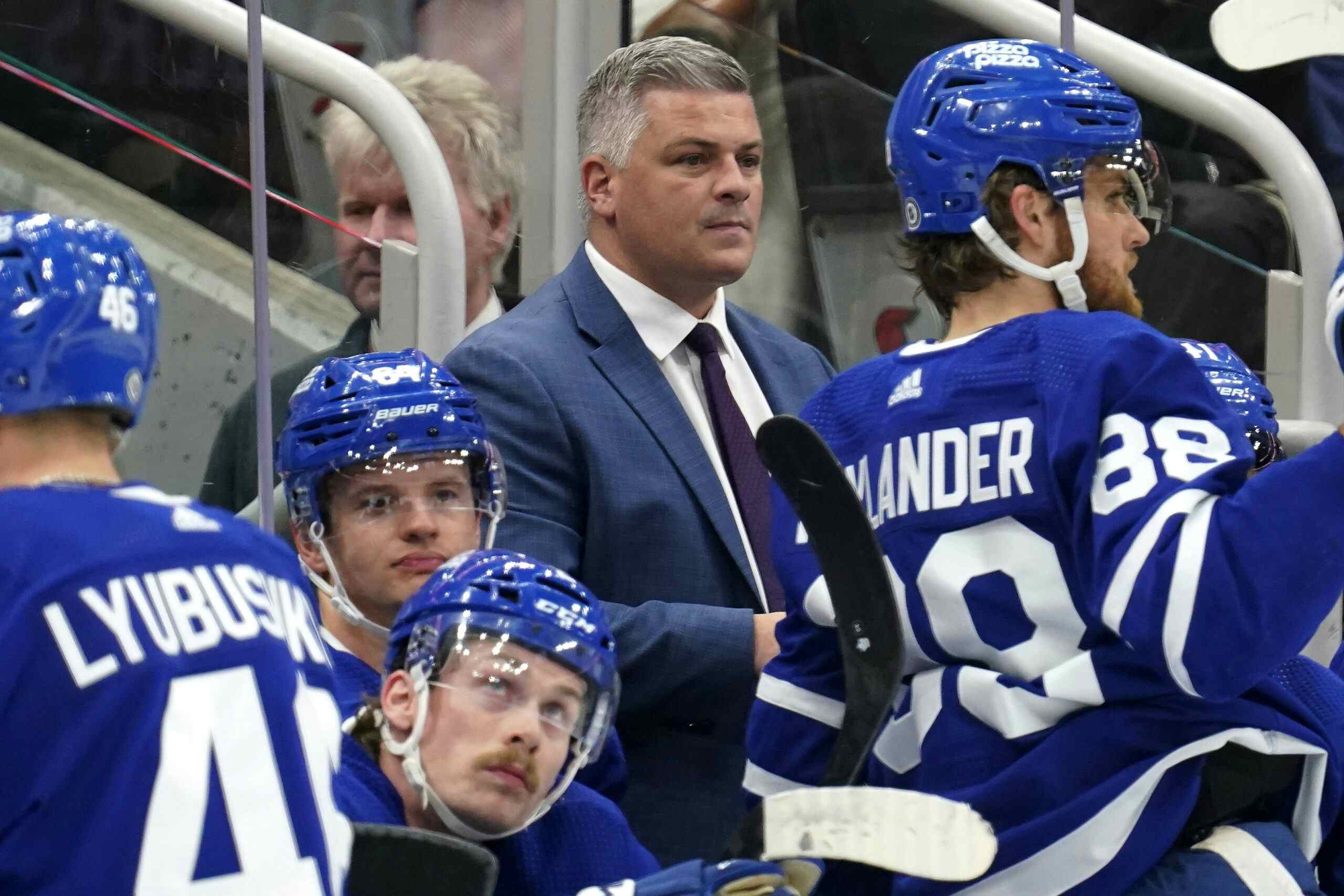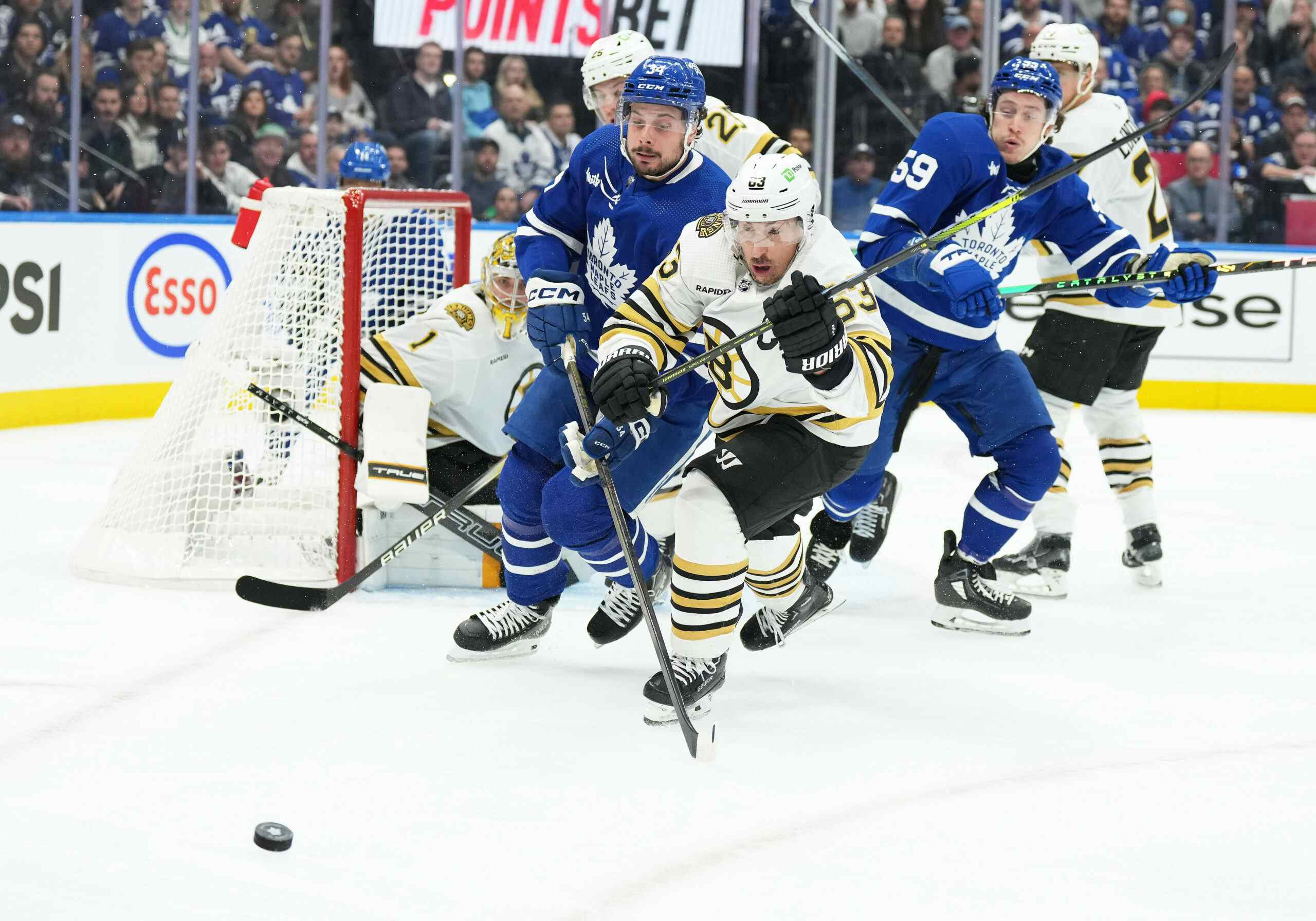TLN Top 20 Prospects 2016: #16 Tobias Lindberg

Tobias Lindberg came to the Leafs last year in the nine-player deal that really can only be identified in Toronto as the “Dion Phaneuf trade”.
And all other factors aside, there’s one glaring reason why Lindberg’s going to stick with the Leafs: because if Ottawa didn’t like him, surely he’s going to move on to be an all-star.
But beyond the easy and only somewhat true jokes, there are a few other reasons to believe Lindberg might have some staying power in the Toronto organization.
The Votes
| Jeff | Ryan H. | Shawn | Ryan F. | Adam | Dom | Jess | Katy | Readers |
|---|---|---|---|---|---|---|---|---|
| N/A | 16 | 8 | 15 | 19 | 12 | 18 | N/A | 18 |
| Position | Hometown | Height | Weight | Hand | 2015 Team | Acquired |
|---|---|---|---|---|---|---|
| RW/LW | Stockholm, SWE | 6’2 | 216lbs | L | Toronto Marlies | Trade (Feb 2016) |
The Stats
| SEASON | Age | TEAM | LEAGUE | GP | G | A | TP | NHLe | PIM | +/- |
|---|---|---|---|---|---|---|---|---|---|---|
| 2010-11 | 15 | SDE HF U16 | U16 Div.1 | 53 | 35 | 59 | 94 | N/A | 37 | N/A |
| 2011-12 | 16 | Djurgårdens IF J18 | J18 Elit | 22 | 13 | 12 | 25 | 13.64 | 10 | 23 |
| 2011-12 | 16 | Djurgårdens IF J18 | J18 Allsvenskan | 17 | 6 | 8 | 14 | 9.88 | 32 | 8 |
| 2012-13 | 17 | Djurgårdens IF J20 | SuperElit | 43 | 9 | 13 | 22 | 7.67 | 30 | -2 |
| 2013-14 | 18 | Djurgårdens IF J20 | SuperElit | 38 | 7 | 15 | 22 | 8.68 | 93 | -6 |
| 2014-15 | 19 | Oshawa Generals | OHL | 67 | 32 | 46 | 78 | 27.94 | 14 | 33 |
| 2015-16 | 20 | Binghamton/Toronto | AHL | 56 | 11 | 23 | 34 | 21.4 | 20 | 12 |
Projection Stats
| pGPSn | pGPSs | pGPS% | pGPS PPG | pGPS PP82 | pGPSr |
|---|---|---|---|---|---|
| 273 (4/18) | 98 (4/18) | 35.9% (10/18) | 0.46 (13/18) | 37.62 (13/18) | 16.47 (10/18) |
- pGPSn: The number of matches between the subject and the player-seasons (one season by a single player, i.e, John Tavares 2008 OHL) in the historical sample.
- pGPSs: The number of statistical matches that became NHL regulars. This is determined by playing 200 NHL games.
- pGPS%: Simply s divided by n, this is the percentage of statistical matches that successfully became NHL players.
- pGPS PPG: The NHL points per game of successful matches.
- pGPS P82: The same as pGPS PPG, but stretched over 82 games.
- pGPSr: A bit of a hybrid number, this pGPS Rating combines the percentage and points per game to produce a number that includes both likelihood of success and potential upside.
Based on the success of his historical comparables, Lindberg is projected to become a third line forward.
To learn more about the Prospect Graduation Probabilities System, check out this post.
The Eye Test
After a career in the OHL, AHL, Swedish junior hockey, and the second pro tier in Sweden, Lindberg flew into the NHL last year as a late-season call-up for the infamous “who the hell are these guys?” Toronto Maple Leafs team.
Though maybe not the best place to scout him, he played six games for the main squad in March and April last year, picking up just under 16 minutes of ice time a game. Lindberg shot the puck 25 times in his time in the NHL, hitting the net 12 of those times. He didn’t score a goal but picked up two assists: one primary, one secondary.
As it stands, Lindberg probably won’t blow you away with his point totals at any level given the age at which he made them. Lindberg obviously CAN score and isn’t offensively useless, but if he’s going to stick in the NHL, it’s most definitely going to be in a bottom-six role.
He’s described by many as “a two-way forward”. Does a six-game NHL sample with a CF% of 50.3 prove anything? Not really, but it might show that he’s not totally overmatched by the NHL level.
The important thing, of course, it to whether his two-way game will actually translate to the NHL level, or if he’s just been given a label due to a lack of offensive production like so often happens with young forward prospects. Lindberg was used for 3:52 of penalty kill time in his time in on the Leafs, which again is an incredibly small sample to judge from, but shows the kind of future that the Leafs may see in him. (Or maybe they had literally no one else to do the job. It’s really hard to tell with this seemingly-emotionless management group sometimes)
From Mark Zwolinski of the Toronto Star’s profile on him earlier this year:
For the 20-year-old Lindberg, having a pedigree in two-way hockey could be significant as the Leafs continue to put together a young roster. Babcock likes the size of Lindberg and six-foot-five forward Frederik Gauthier, but he also stresses that all his young prospects need to get beyond their flashy credentials, and become consistent, two-way players.
Lindberg contributed 25 games to the Toronto Marlies this season, and although he wasn’t the biggest name on the team, picked up a respectable six goals and six assists in his time there.
As Seen on TV
Tobias Lindberg did this feature with MarliesTV last season, detailing his playing career so far as well as his reasons for coming to North America:
The Buildup
Lindberg isn’t super flashy or marketable or skilled in one particular area, but he’s been successful enough to keep going and keep improving at every level he’s played at.
He might not have the highest ceiling of the Leafs’ prospect or the hardest shot or be the fastest skater, but he’s, despite the cliche, a proven winner.
Lindberg’s been on and around successful organizations and does seem to really get “it”. He’s not a headline grabber or usually a highlight reel guy, but he’s quietly worked his way to making a living out of pro hockey in North America and is still young enough to improve a little more.
Next Season
Tobias Lindberg’s best quality may, in fact, be one that’s hardest to achieve: familiarity. As hockey more and more becomes a game of specialists, Lindberg might very much become a role player with the Leafs in the near future.
In the classic case of “Mystery Box vs. proven commodity”, Lindberg’s small yet very real NHL sample size probably holds some meaning to the Leafs coaching spot as a reason to get him in the Leafs uniform for at least part of 2016-17.
Will he have an opening day roster spot? Unlikely. The Leafs have about five right wingers ahead of him in their depth chart, potentially six or even seven depending on your viewpoint.
But will his name be near the top of the list for callups? A little more likely. Will Mike Babcock want him on his roster to help instill the idea of “defensive mindset” as the season goes on? Well, that sounds more likely as well.
In a team that’s bringing in a number of offensive weapons already, Lindberg might be able to squeak onto the roster at some point simply because he’s something different.
He’s got two years left on his contract to really prove himself, and you can bet the Leafs will at least give him a number of tests at the NHL level to do that.
Closing Thoughts
Lindberg’s votes come all over the map, and there are a few plausible reasons for this: he’s not as flashy as some of the other prospects in the organization, but he does have pro experience.
We don’t exactly have a proper gauge on what his ceiling is, but we’ve seen glimpses of what he can do.
Truthfully, as you’ve seen and will continue to see, it’s not an easy organization to rank, with a deep and diverse range of prospects. There’s the “A” category of Matthews Marner and Nylander with a near-unanimous consent of them as the top 3, and then there’s everyone else.
Personally, I ranked Lindberg 19th, but it’s definitely possible to make a case for him all over the board… as it’s really just a case of differing value systems and opinions of prospects, where certain factors jump out for others. Of course, that could be said about the majority of prospects on the Leafs.
Just because there are 15 other players on average ranked better… it’s still quite possible he’ll be an impact NHLer, and his ranking here doesn’t mean at all that he’s a bad prospect.
The Rankings So Far
Recent articles from Adam Laskaris





